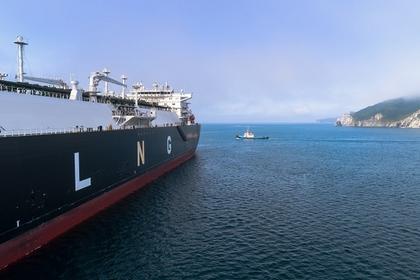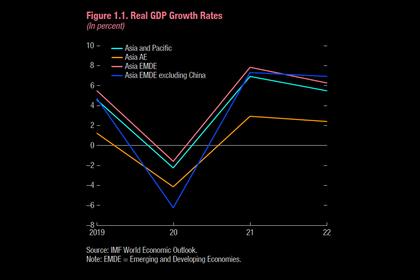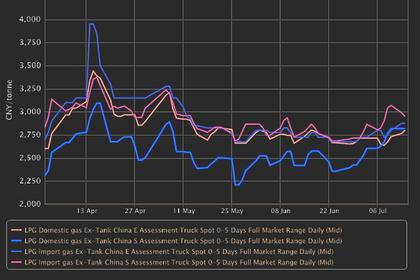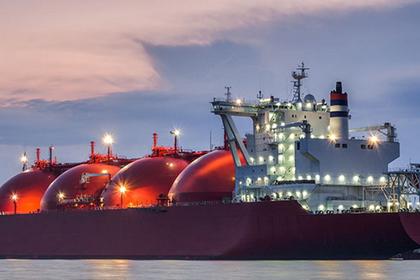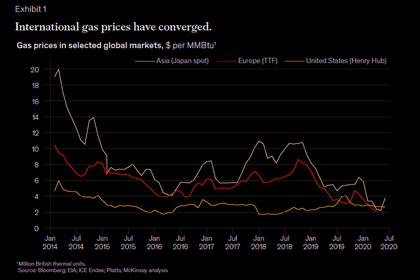
EXXON LNG FOR ASIA
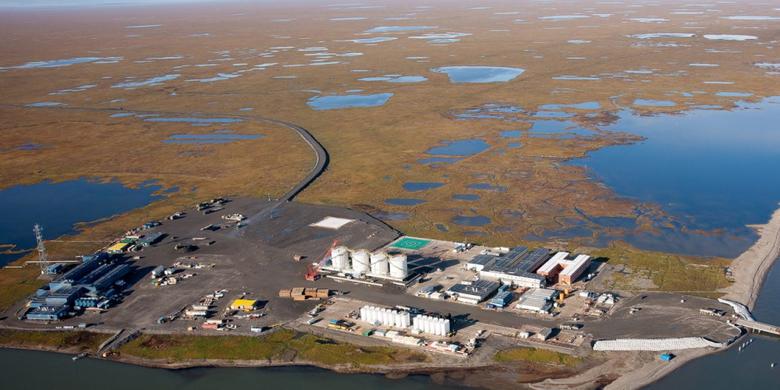
PE - 27 October 2020 - "I came back to China at the end of August and things are almost back to normal. I have flown from Beijing to Shanghai and on to Guangzhou this week and the planes were all packed." So said Tze San Koh, president, China gas marketing at ExxonMobil, during Petroleum Economist's LNG to Power Apac virtual forum in late October.
And what Koh can see around her, combined with the statistics thus far available, suggests that, for China—but also the Asia-Pacific region as a whole—the impact of Covid-19 on slowing rapid gas demand growth will be akin to a temporary blip.
"It is amazing to see how China has recovered from the pandemic," says Koh. LNG imports increased by 10pc year-on-year from January to September despite the first quarter recording negative growth. That rate far exceeds China's GDP growth over the same period, says Koh.
She puts the recovery firmly down to the Chinese government’s “determination to give their citizens a better life—the blue-sky policy is definitely working”. And she sees this determination also translating to a government commitment to getting policy right.
The formation of transmission system operator PipeChina last year, and the completion of the transition to it of pipeline assets from the three NOCs by the end of September, is a “key step” in the evolution of the Chinese market, in Koh’s view. The new operator, as part of the government’s overall liberalisation policy, should remove multiple inefficiencies that run throughout the Chinese gas value chain.
“This should lower costs to the end consumer and, by lowering costs, gas demand should go up,” says Koh. And she looks forward to the next step, where not just the national trunklines but also the provincial grids will come under PipeChina control.
“There will be complexities [incorporating each provincial grid], but I do not doubt the Chinese government’s determination. And it will be able to make the system much more robust,” Koh continues.
Huge growth
And this commitment will translate into huge numbers. ExxonMobil predicts that, by 2030, China’s LNG imports will “probably exceed” 90mn t/yr—50pc growth even from 2019. Gas’ share of the Chinese energy mix is only c.8pc and the global average is c.24pc, emphasising the scope for growth.
Longer-term, ExxonMobil sees Chinese gas demand almost tripling by 2040 compared with 2017—rising from just above 25bn ft³/d (700mn m3/d to almost 75bn ft3/d. And pipeline and LNG imports will make up c.50pc of these 2040 requirements.
Koh’s view of a very limited Covid-19 impact on gas demand growth is echoed for Asia-Pacific as a whole by Ryan Pereira, global director, gas and LNG at consultancy GaffneyCline. “I view it as a 6-to-12-month blip, whereafter we will return to robust demand growth rates in Asia,” says Pereira. “Many economies are already showing signs of post-Covid V-shaped recoveries.
“Today, Asia-Pacific counts for some 60-70pc of global LNG demand. While we expect that share of global demand to remain constant, we foresee the volume of LNG required into Asia increasing by c.200mn t/yr between now and 2040. That is equivalent to a tripling of Qatar’s current capacity, just to feed Asian demand growth.”
South and Southeast
And while he sees China as an important market, Pereira contends that the demand growth will be driven mainly by South and Southeast Asia—India, Pakistan, Bangladesh, Thailand, Vietnam, the Philippines, Malaysia and Indonesia. It will be driven by a number of sectors and trends: demand from transport and heavy industry—such as steel, cement and mining—as well as demographic factors such as urbanisation and industrialisation.
“But a substantial feature will be increased electrification and fuel substitution of gas for heavy fuel oil, diesel and, most importantly, coal. This power will need to be affordable to consumers and reliable—constant and instant,” says Pereira.
And nor is it without precedent. “Coal is the number-one or number-two ranked fuel in the vast majority of Asia-Pacific countries. In India, it [accounts for] three-quarters [of the market] and in China two-thirds. But, if we look to the US, cheap gas has lowered coal’s share from c.50pc in 2005 to c.25pc today—it has halved, that is quite phenomenal,” he says.
-----
Earlier:
